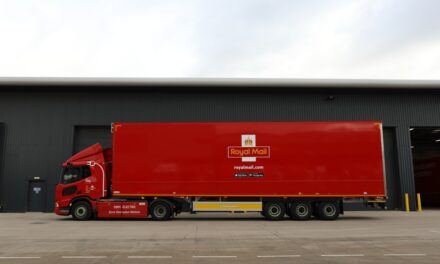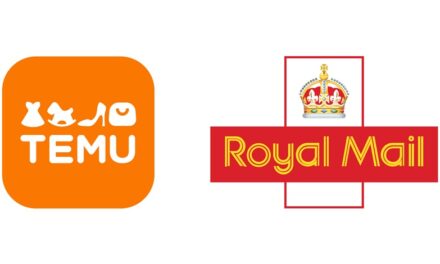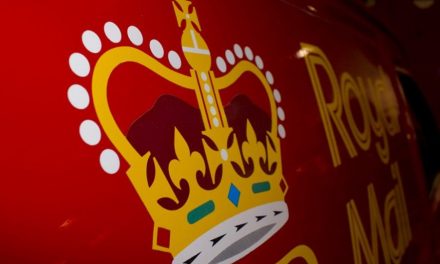
UK postcodes are 50 years old
The UK’s country-wide postcode system, introduced to speed up mail deliveries but now used for a range of applications, is half a century old, reports the BBC. The article continues:
The whole of the UK was divided into postal districts for the first time after a trial run in Norwich in 1959.
Royal Mail says the UK has more than 1.7m postcodes, covering about 28m addresses.
Everything from insurance premiums to satellite navigation systems now rely on them.
Their power over property prices has even led to some residents campaigning to have their postcode changed.
In 2003, the residents of the Royal Borough of Windsor and Maidenhead fought unsuccessfully to lose their SL postcode because it links them with nearby Slough – made famous by comedy series The Office.
Royal Mail started to use the alphanumeric codes when electronic sorting machines were introduced to speed up the service in the 1950s.
By the mid-1980s new technology meant the codes could be read automatically by sorting machines with no human intervention.
In Norwich, the first three characters of the code (‘NOR’) represented the name of the city, and the last three characters a particular street.
The postcode now starts with the outward code, to distinguish one postal district from another, and the inward code which sorts between roads and buildings within the district.
Some large organisations have personalised postcodes, such as the Scottish Parliament’s EH99 1SP and the ExCeL centre in London, E16 1XL.
The man who invented the postage stamp, Sir Rowland Hill, introduced Britain’s first postal districts in London in 1857. Other major towns and cities were introduced in the 1860s.
The capital was divided into 10 separate postal districts – N, S, E, W, NE, NW, SE, SW, EC and WC. The S and NE codes have since been reassigned to the Sheffield and Newcastle areas.
Royal Mail is using the anniversary to urge the public to use postcodes.
Almost a fifth of non-business letters, cards and packets are sent without a full or accurate postcode, it says.










![Citizens Advice: We continue to see millions of people chasing lost parcels [and] having their accessibility needs ignored](https://postandparcel.info/wp-content/uploads/2020/12/parcels-440x264.jpg)

